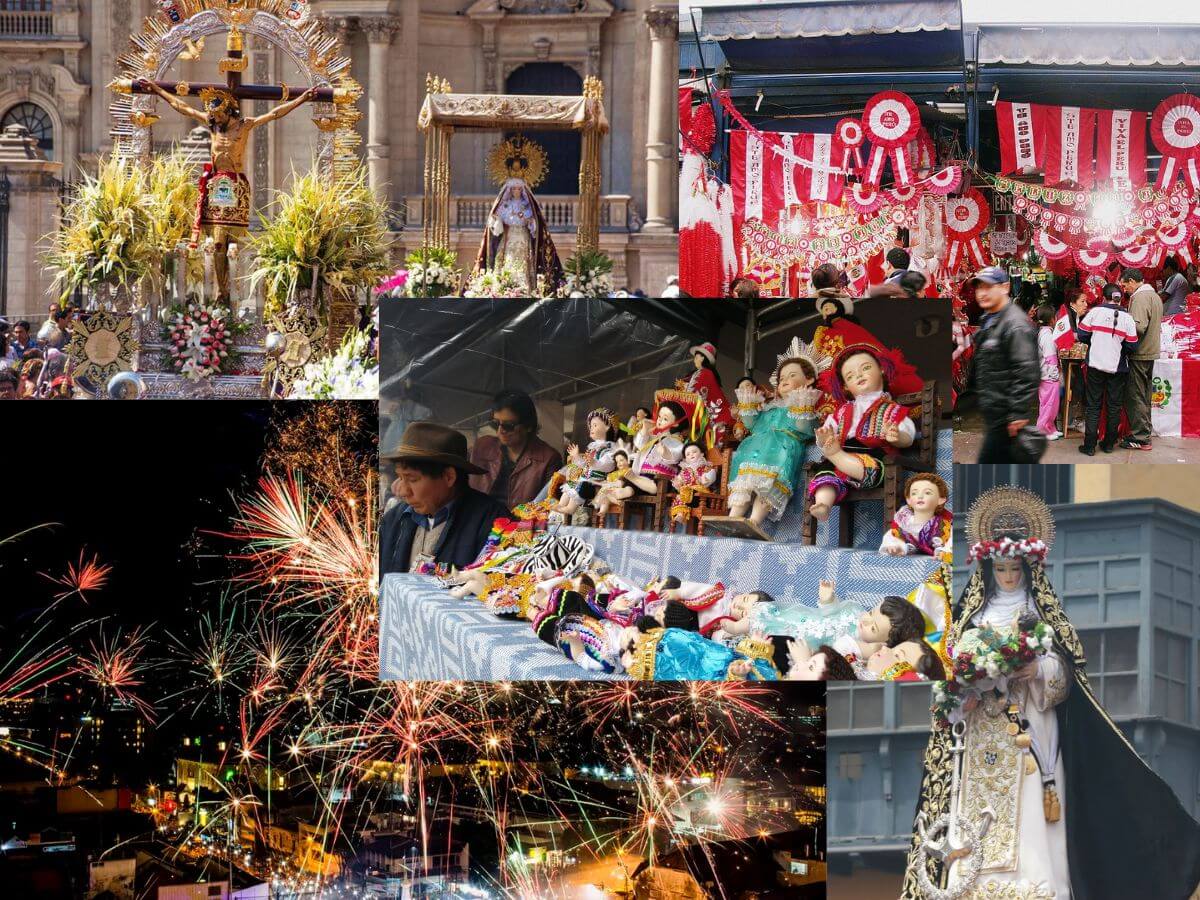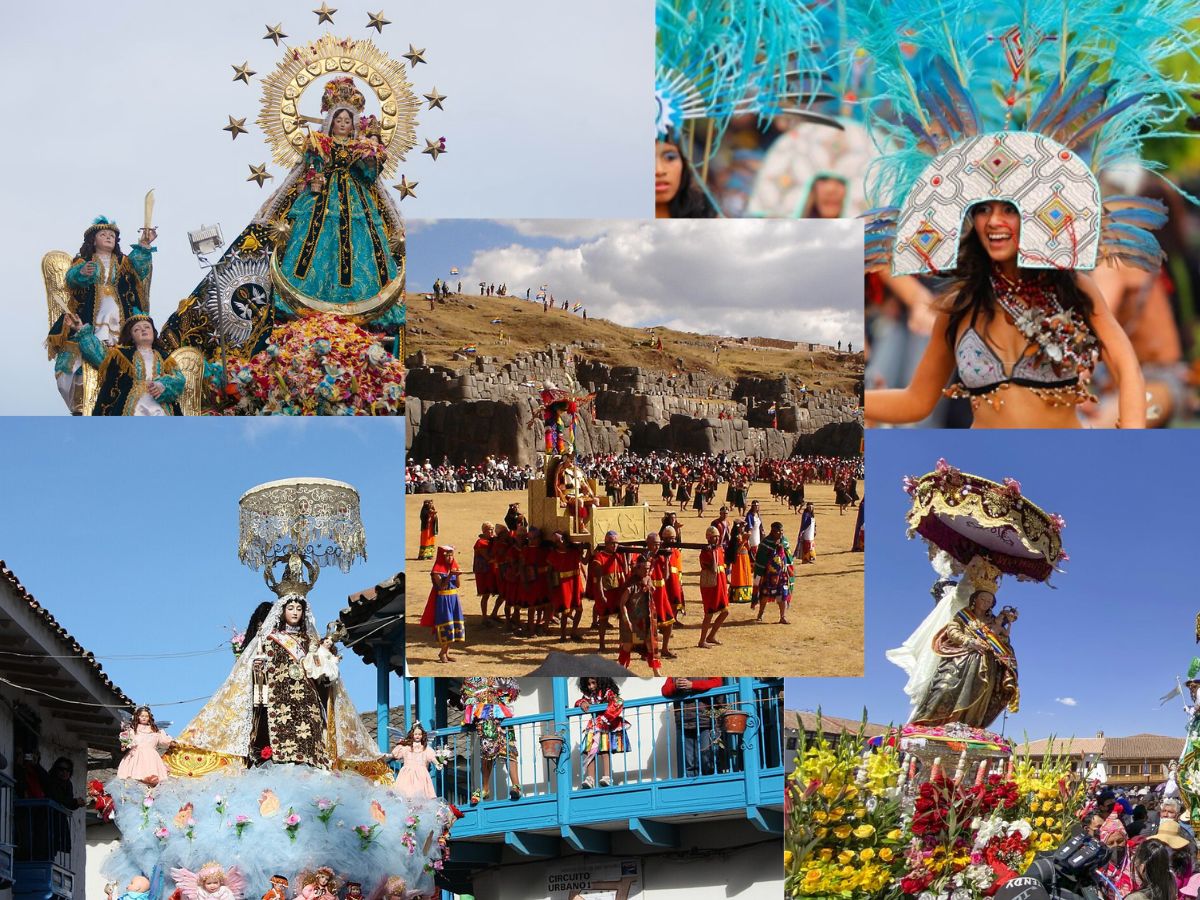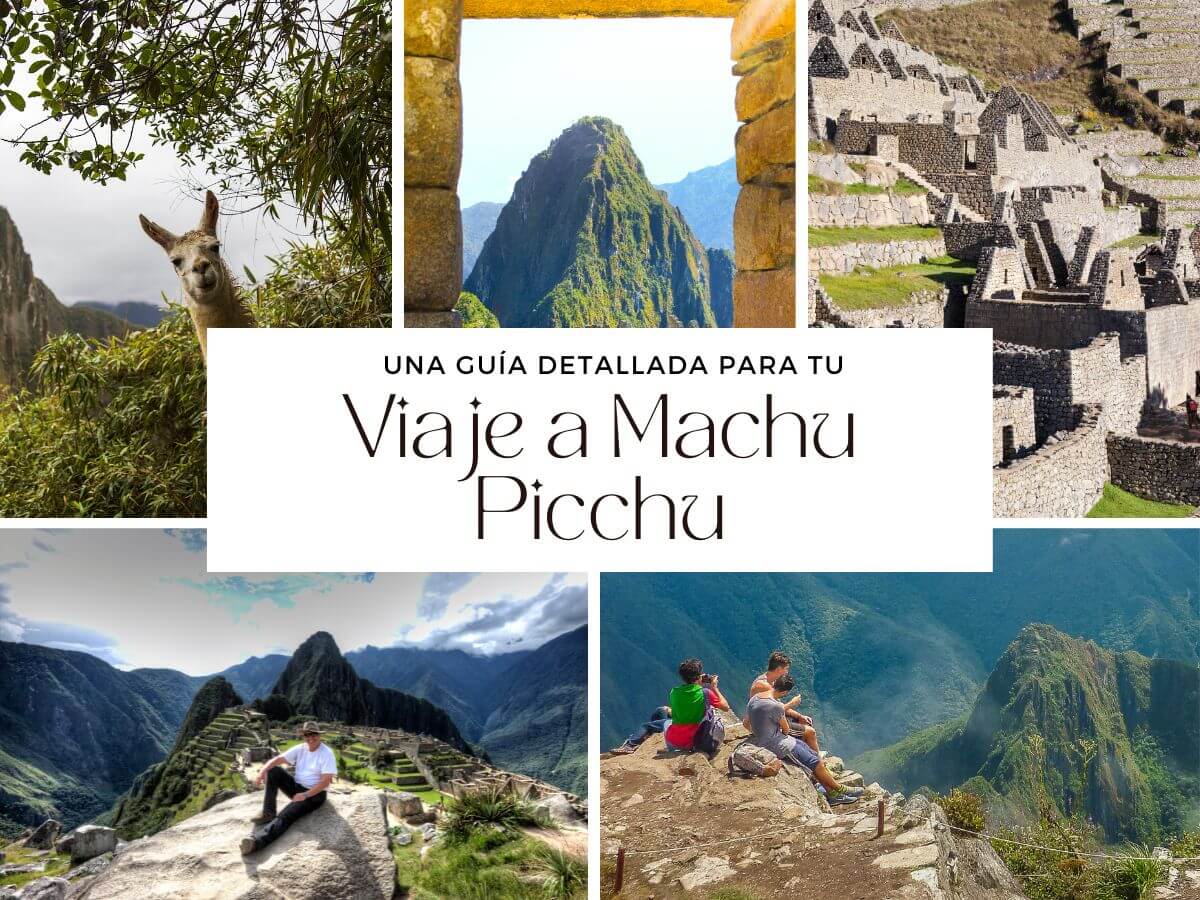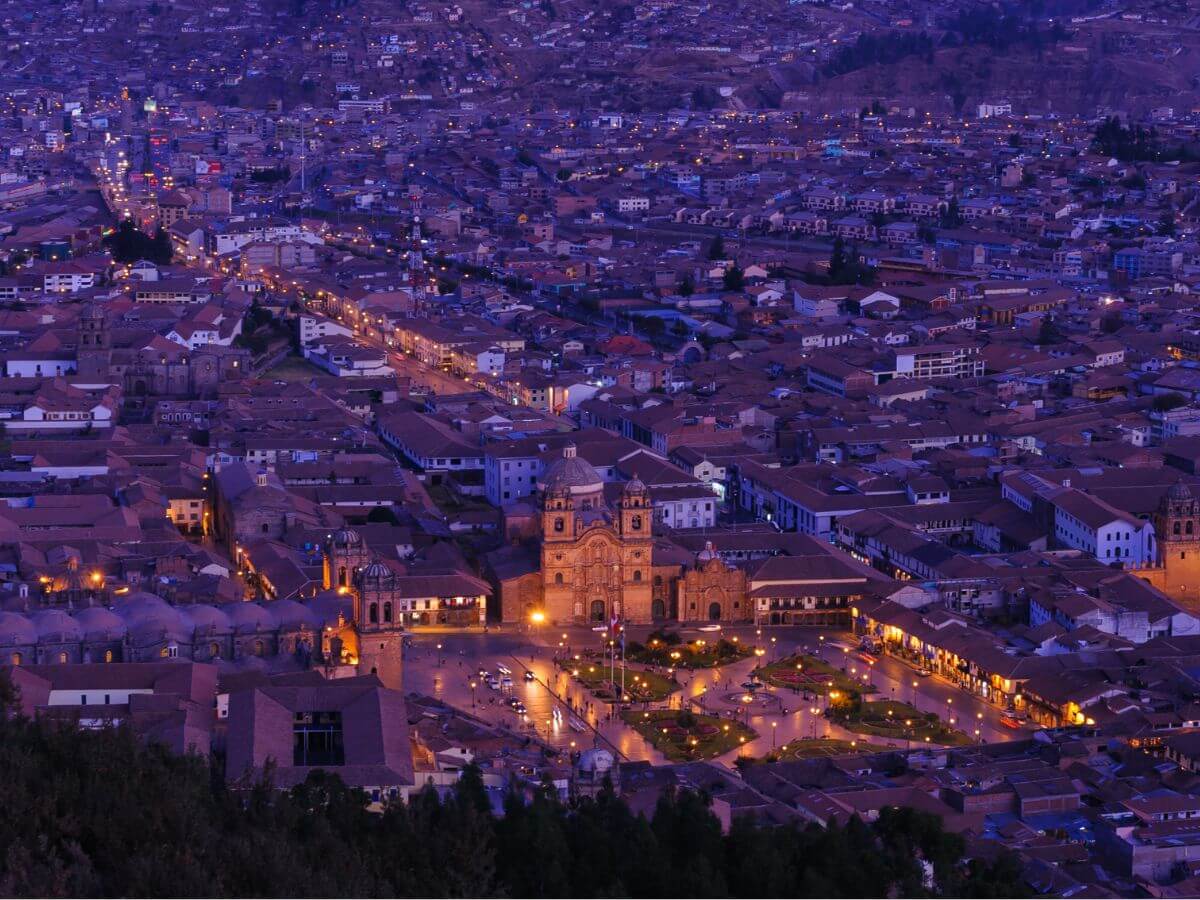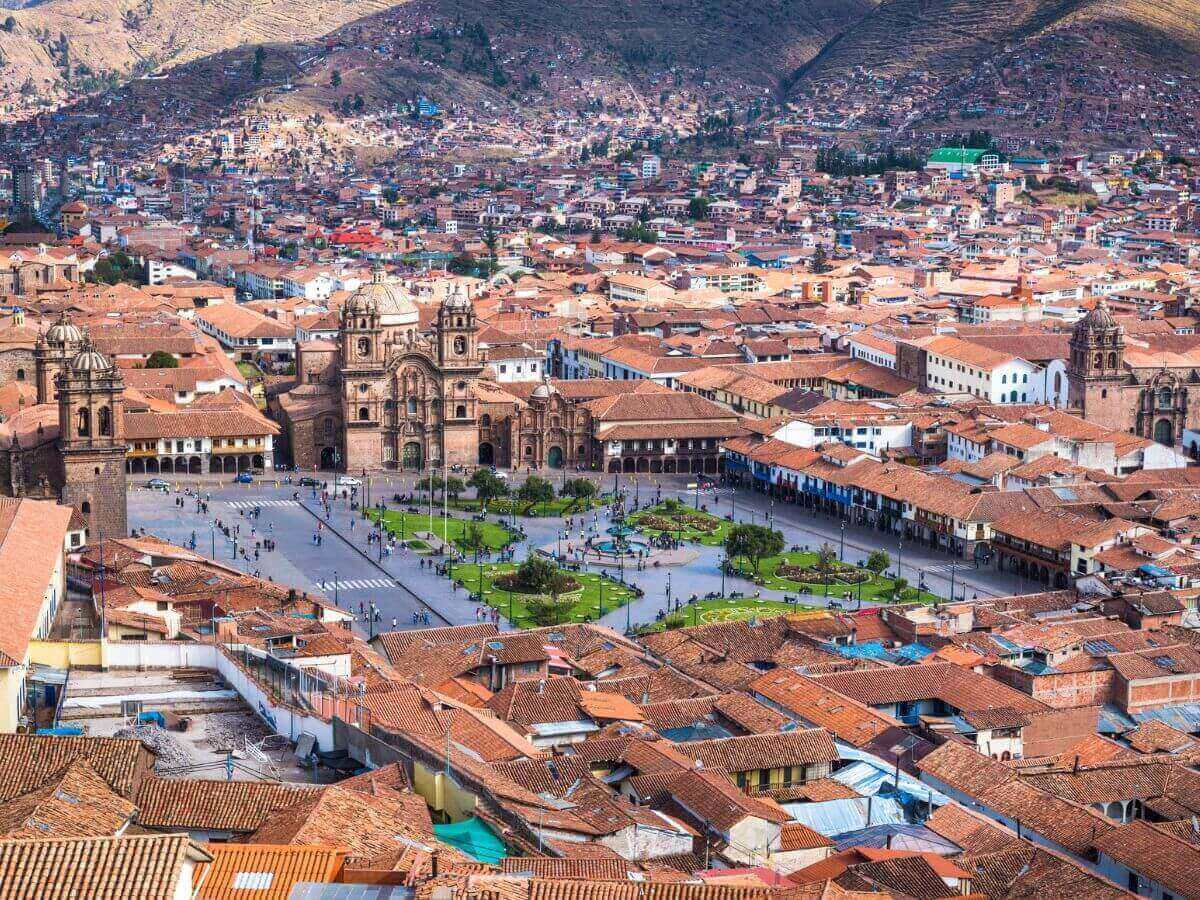Art and Handicrafts of Cusco

The city of Cusco offers us a wide variety of typical handicrafts of the communities of the region. Like textiles, pottery, wood carving, images, ceramics, silverware and pottery. Cusco is not only characterized by its impressive archaeological sites, but you can also find many handicrafts, especially in the neighborhood of San Blas.
On the other hand, it is important to take into account that historical relics or pre-Columbian or colonial handicrafts must be respected.
The handicrafts of Cusco present unique forms that are part of the past pre-Columbian reality. As the traditional looms, the molding for ceramics, religious imagery. In addition to all this Cusco’s expression is full of creativity.
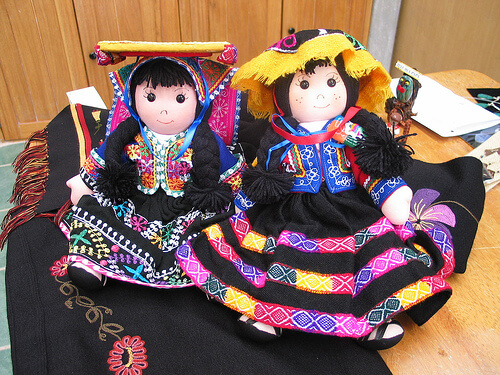
Rag dolls in Cusqueña Textiles
The popular Cusquenian Art
The city of Cusco is characterized by its mythology and traditions, about all the picturesque Barrio de San Blas offers a wide variety of artisanal products of all the imperial city.
Visitors are advised to purchase handicrafts at producers’ centers, specialized stores, and food markets. Remember that the commercialization of art stones and historical, pre-Columbian, or colonial relics is not allowed. It is considered a crime against the cultural heritage of the nation.
How was the artisanal cusquenian style?
The style of the typical artisans of Cusco has vertical, horizontal, or hips, of the techniques of palletizing and molding for ceramics. In the time of the viceroyal art, the craftsmanship of Cusco has inherited the formal clothing and artistic language, present in its various expressions, such as religious engineering.
Here we bring you some characteristics of the peculiar Cusquenian craftsmanship:
Cusquenian Textilery
The Cusquenian Textilery is more original and of the best quality in the rural world and is founded in the Secret Valley of the Incas, between Calca and Urubamba. Used like the raw material is alpaca or sheep wool, always dyed with vegetable dyes.
The weavers create sophisticated designs based on pallaes, and ornaments with a variety of zoomorphs and anthropomorphism motives. While the peasants weave costumes such as ponchos, chullos, sweaters, shawls, shawls, wallets, etc.. Inca techniques are used such as the away which is an Inca-style weaving on four sticks.
Textiles elaborated for the peasants of the community of Pisac, Chinchero, Calca, and Lares in the Sacred Valley, and like other populations of the region of Cusco, can be founded in the dominical fairs of Chinchero and Pisac, and some specialized markets in the city. In this last, the prices can be expensive, but his quality is guaranteed, really justificate them.

The art of the Cusquenian loom
Cusco imagery
The imagery is an activity that has given much relevance to small artisans. The wood, maguey, plaster, and glued cloth are the materials with which the Cusquenian image makers gave original form to virgins, saints, Christs, angels, little children, and wise men.
The technique and coloring of the Cusquenian imagery, as opposed to textile work, originated, without any precise trace, in colonial times.
San Blas is the neighborhood of Cusco that concentrated the major number of imaginaries. Around the square in the surrounding streets founded the workshops of the Mendivil, Olave, Mérida, and Rojas families, who make up true dynasties of popular artists. The Mendivil family, for example, dates back more than a century.

XX Century Cusquenian imagery, in the style of the Mendivil family.
Cusquenian Ceramics
In the city of Cusco exist many places where the residents are dedicated to the elaboration of the Cusquenian ceramics, between then is founded Racchi, to 115km of Cusco, in the road to Sicuani.
Using techniques inherited from the Incas, such as ribbon-based molding, the residents of the place produce utilitarian ceramic that is commercialized in the fairs in the area, such as objects destined for the tourist market, including the famous salamanders, which are bottle-shaped vessels topped by a zoomorphic figure.
The potters of Pisac specialized in the decoration of the production of Racchi inside of the “Inca Line” that recurred to the polychrome and geometric motifs so characteristic of Inca ceramics. Another important local handicraft is the chaquiras, ceramic beads also decorated with traditional geometric designs.

Cusco Handicrafts: Cusquenian Ceramics
Cusco Silverware
The Cusco SIlverware combines techniques or motives prehispanic and colonials. One of the objects more defunded is the tupus, large ornamental pins used for the peasants to subject their blankets and were already used by the Incas. Worked not only in silver but also in copper, the tupus stands out for the rich ornamentation of the head of the pin with zoomorphic and hypomorphic motifs.
Ceremonial knives or tumis, llamas, vicuñas, and anthropomorphic idols are also characteristic objects of Cusquenian silverware that reflect pre-Hispanic traditions.
In the jewelry industry, gold like plates highlight the dynasty of the Ormachea, parents and sons, and Carlos Chaquiras, who worked preferentially in the colonial style and the ethnical, is characterized by the stabilization of motives of the pre-Hispanic goldsmithing.

Tupus, traditional silverware from Cusco – Cusco handicrafts
Cusqueña Ceramics
Cusqueña Ceramics is recognized for the fabrication of candles and decorated candles, whose original function was to cover the necessities of the cult, but in the last decades are also been demanded by visitors.
On the other hand, the specialized markets in the sale of artisanal candles, carved and colored, are concentrated on Meloc Street, near blocks of the Plaza of Armas.
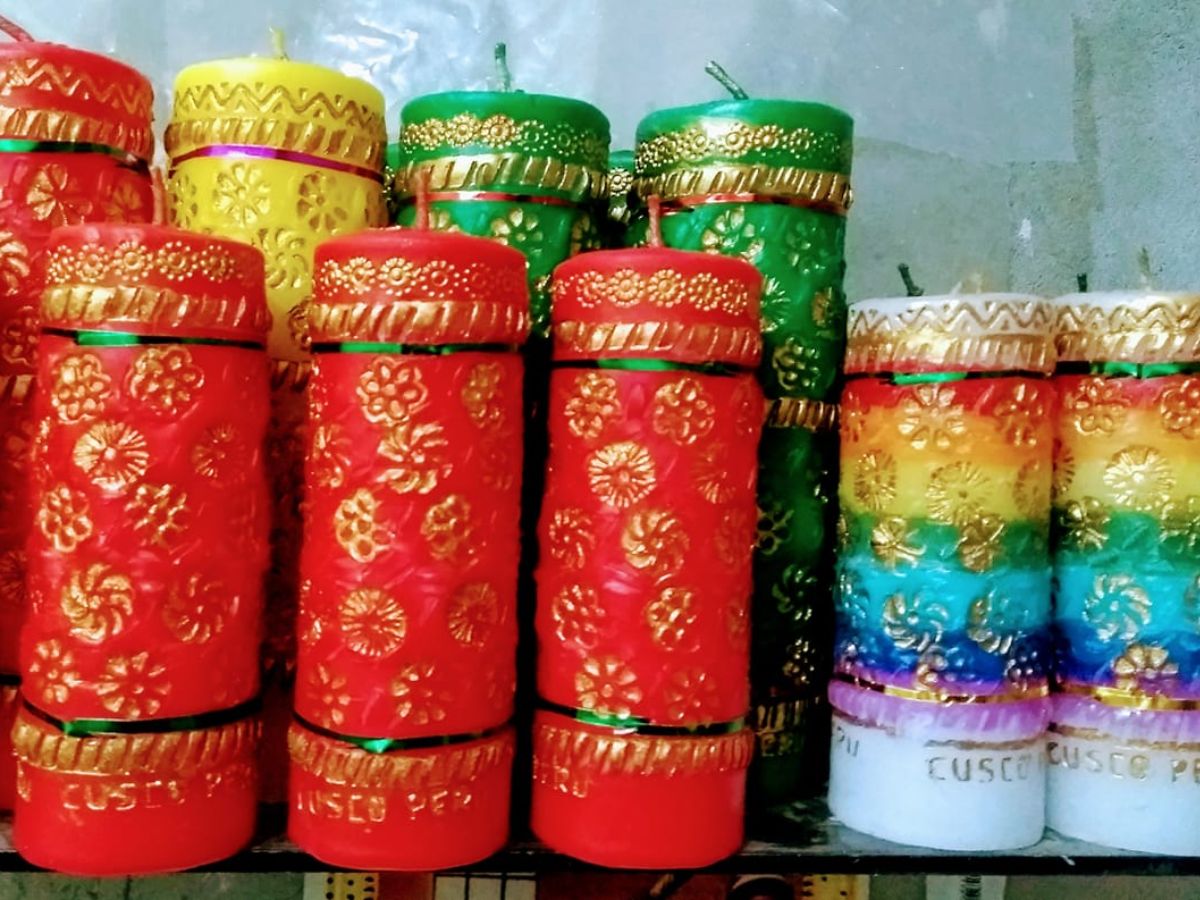
Explore many more tourist destinations and facts about Peru in our travel blog and plan your next trip with us!










